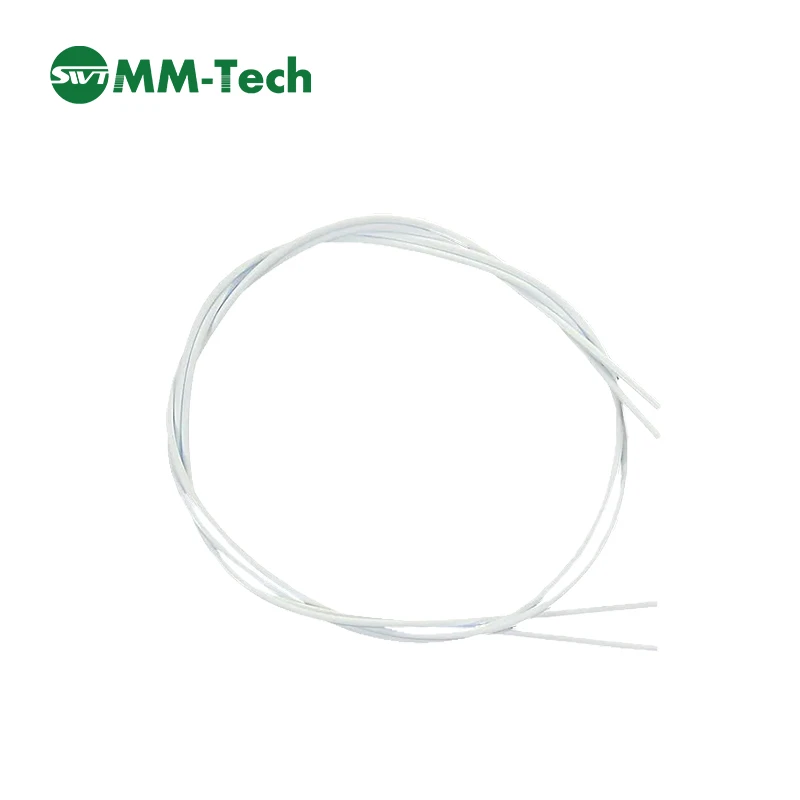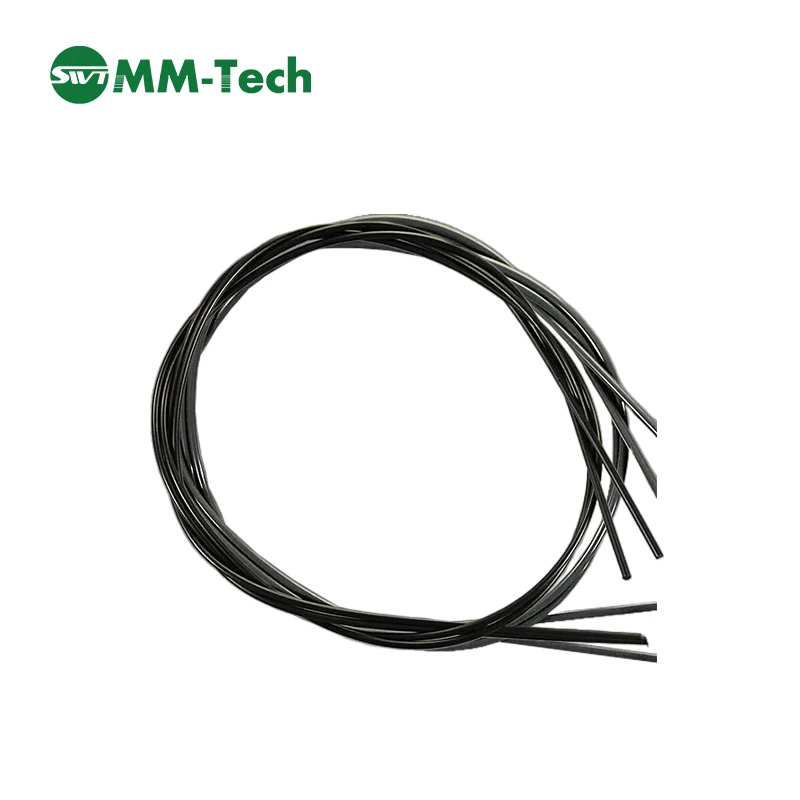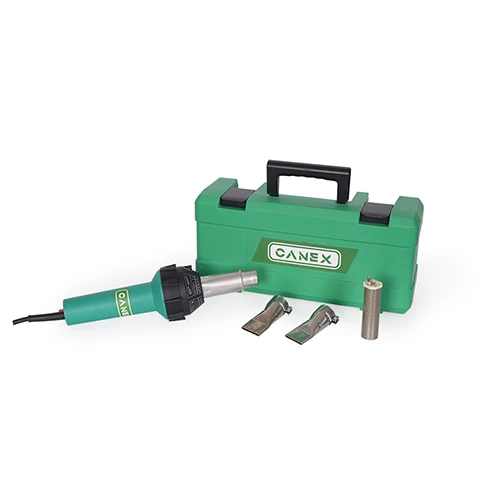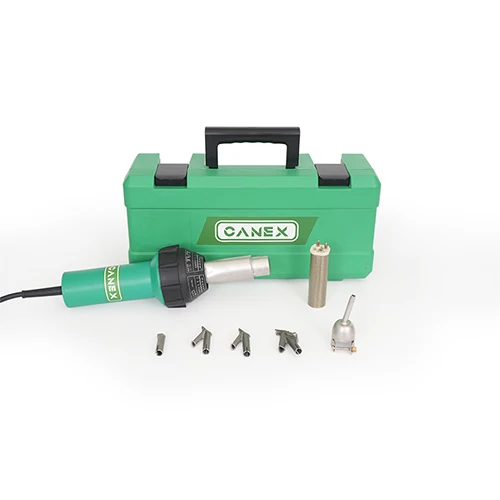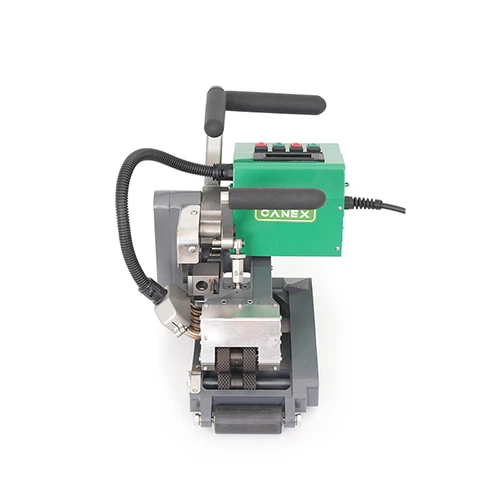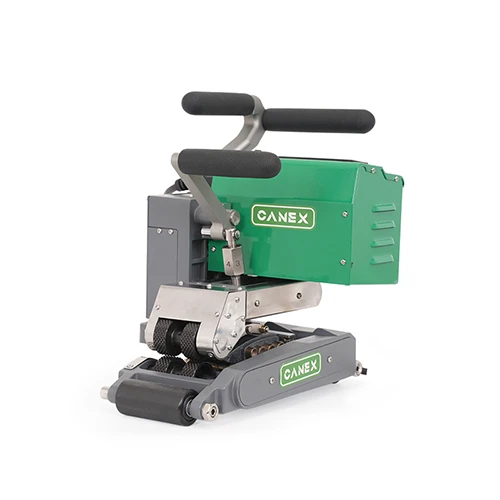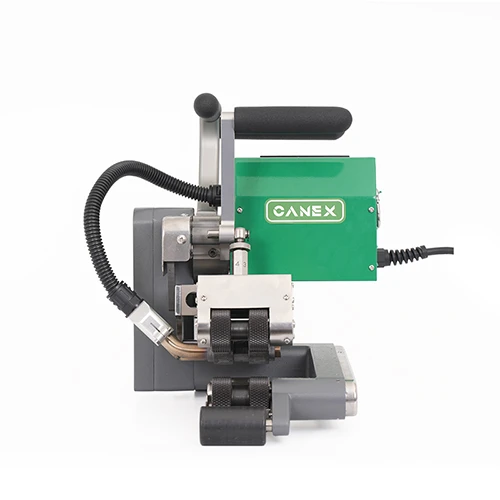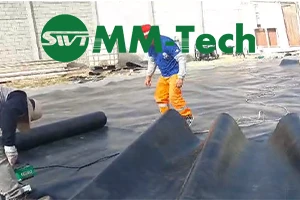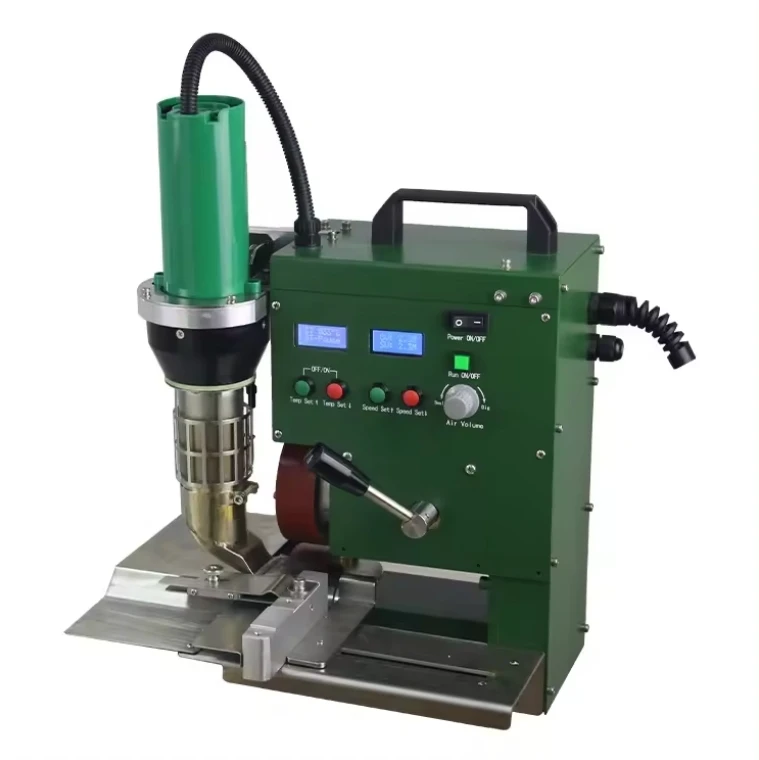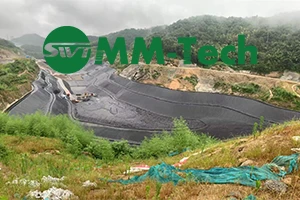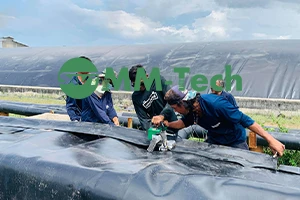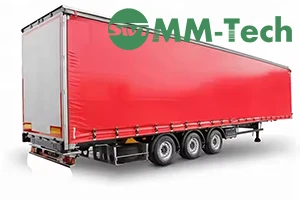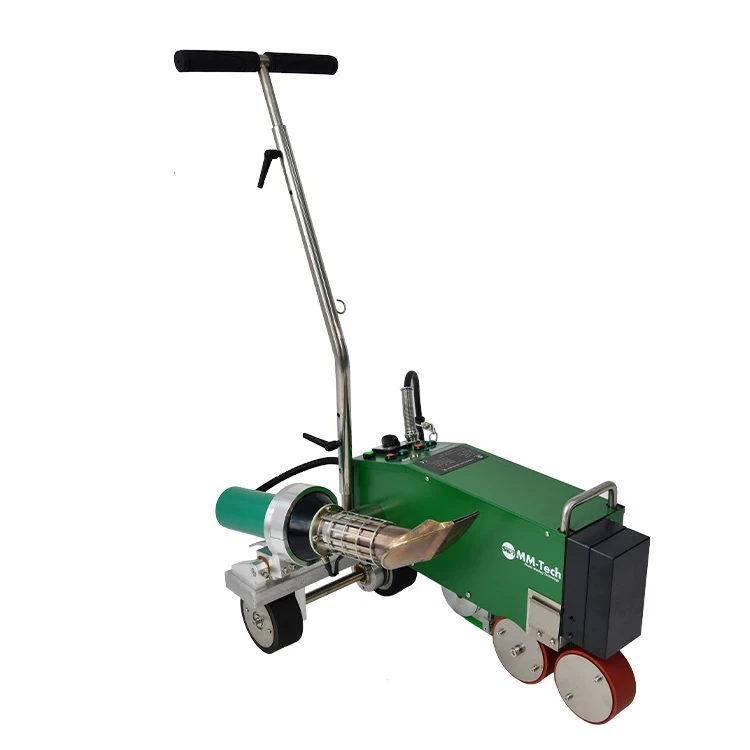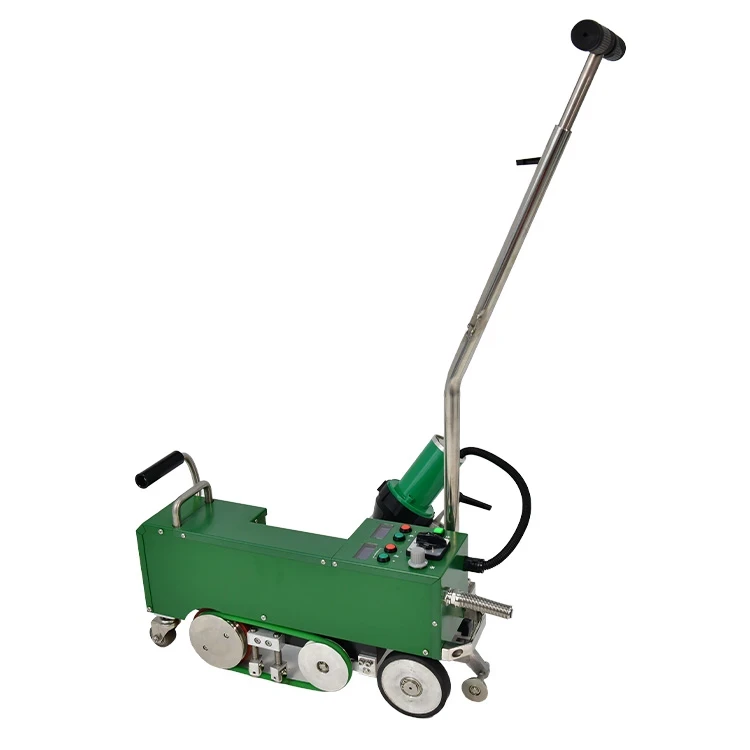-
 Email:info@peweldingmachine.com
Email:info@peweldingmachine.com
-
 +86-137 3974 5191
+86-137 3974 5191
-
 Add:
Add:NO.355,Youyi Street,Qiaoxi District,Shijiazhuang,Hebei,China.
High-Quality PE Welding Rod for Durable Plastic Joining Solutions
jul . 29, 2025 16:00
In recent years, the industrial demand for PE Welding Rod has substantially grown, especially across petrochemical, metallurgy, municipal water, and environmental protection industries. As a pivotal consumable for thermoplastic joints, PE Welding Rod assures optimal weld integrity, performance consistency, and robust chemical resistance. This comprehensive analysis explores product manufacturing, technical parameters, international standards, major supplier comparison, solution customization, real-world case studies, and frequently asked questions.
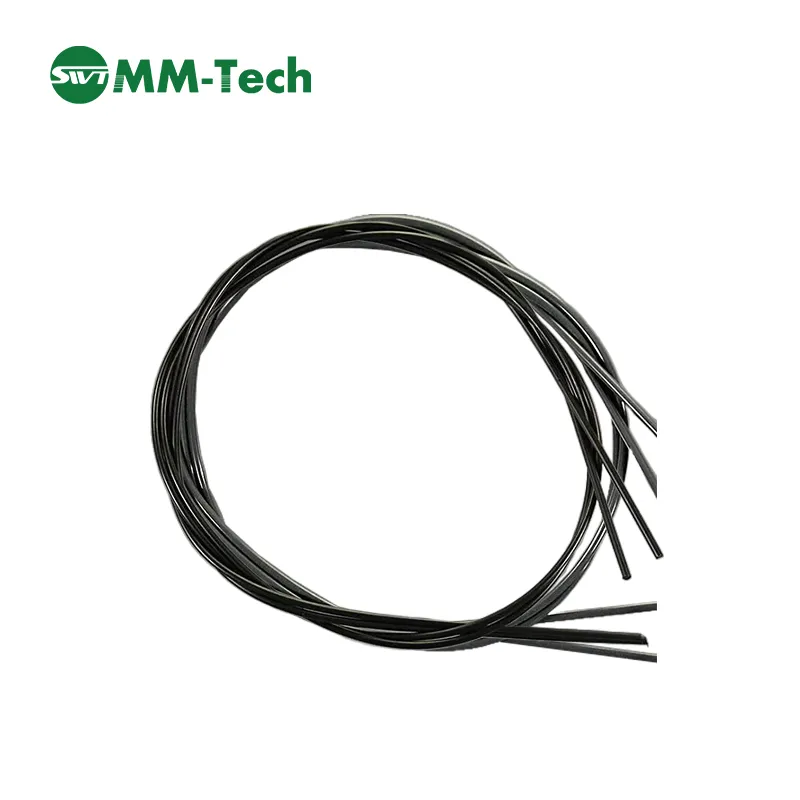
1. Industry Trends & Market Insights (2020–2024)
According to MarketsandMarkets, the global thermoplastic welding market sees a CAGR of 4.8% (2020–2024), with PE Welding Rod demand specifically driven by infrastructure developments and stricter environmental policies.
By 2024, Asia-Pacific dominates with a 36% market share, thanks to extensive applications in oil & gas pipeline rehabilitation and wastewater treatment.
2. Product Overview: PE Welding Rod Specifications
PE Welding Rod is a high-performance thermoplastic joining material, primarily composed of virgin polyethylene (PE100/PE80). It is manufactured as solid or hollow, circular or triangular rods, supporting diverse plastic welding applications. Strict adherence to standards such as ISO 21307 (welding procedures for PE pipes) and ANSI/AWWA C906 (for PE pressure pipe systems) assures global compatibility. Key technical parameters are as below:
| Parameter | Data/Specification | Industry Benchmark | Testing Standard |
|---|---|---|---|
| Material Grade | PE100 / PE80 Virgin Polymer | ≥95% Pure PE | ISO 9080, DIN 8075 |
| Form/Shape | Round (⌀3mm–5mm), Triangular, Oval | Round: 80% usage | Custom |
| Diameter Tolerance | ±0.1mm | ≤0.2mm | ISO 17855 |
| Density | 0.94–0.96 g/cm³ | 0.95 g/cm³ avg. | ASTM D1505 |
| Melt Flow Rate (MFR, 190°C/5kg) | 0.2–0.34 g/10min | 0.25 g/10min | ISO 1133 |
| Tensile Strength at Yield | ≥ 25 MPa | 23–27 MPa | ISO 527 |
| Elongation at Break | ≥ 350% | ≥ 350% | ISO 527 |
| Chemical Resistance | Excellent (Acids, Alkalis, Organics) | Superior to PVC, PP | OECD 301 |
| Color Options | Black (UV), White, Blue, Custom | Black for UV, others for coding | DIN 16776 |
| Certifications | ISO 9001, SGS, FDA (on request) | International Tier-1 | -- |
3. PE Welding Rod Manufacturing Process (With Flow Diagram)
PE80/PE100 resin Melting & Extrusion
180–220°C Calibrating Die
Precision Diameter Cooling Bath
Rapid Solidification Laser Sizing
±0.1mm tolerance ISO Testing & QC
Tensile, MFR, ISO 9080 Cutting & Packaging
1kg–10kg Spools
Key Process Notes:
- Only virgin-grade PE is used, ensuring weld integrity and long-term performance.
- Hot-melt extrusion creates uniform rods without internal bubbles or contamination.
- All batches are laser-gauged for diameter precision and pass ISO 9080 hydrostatic stress testing.
- Each lot is traceable, meeting full quality management requirements (ISO 9001:2015 certified factories).
Advanced CNC cutting and automatic coil winding further enhance delivery speed and rod consistency.
4. Technical Advantages of PE Welding Rod
- Exceptional Chemical Resistance: Withstands harsh acids, alkalis, organics — essential for industrial piping and tanks.
- Superior Flexibility: Maintains ductility even at -40°C, allowing use in very cold/thermal cycling environments.
- Low Density, Lightweight: Only ~60% the weight of PVC rod, easing installation and reducing system stress.
- Excellent UV & Weather Resistance: Especially in black/UV-stabilized grades, delivers >20 years of outdoor service (ISO 13479 tested).
- No Heavy Metal Additives: Ensures food-safe, potable water compliance if needed (meets FDA & EU standards).
- Weld Strength: Matching parent PE components, the joint delivers up to 98% of base material strength, proven by ISO 13953 peel tests.
- Long Service Life: Up to 50 years under rated conditions; ideal for critical facility retention systems.
5. PE Welding Rod Supplier Comparison (2024, Global)
| Supplier | Core Advantages | Certifications | Diameter Range | MOQ | Lead Time |
|---|---|---|---|---|---|
| MMTechWeld PE Welding Rod | ISO/SGS, Custom Color, Precision Tolerance (±0.1mm) | ISO 9001, SGS | 2–8mm, Triangle, Special shapes | 10 kg | 5–7 days |
| Ritmo (Italy) | High-performance, supply Europe, premium grade PE100 | ISO, DVS | 2–6mm | 30 kg | 10–12 days |
| Leister (Switzerland) | Global reach, certified for potable water, UV stable | ISO 9001, FDA | 3, 4, 5mm; Standard Rounds | 20 kg | 6–8 days |
| Widos (Germany) | Strict European standards, broad distribution | ISO, CE | 3–5mm | 25 kg | 10 days |
| Fuzhou Xingkaifu (China) | Low price, wide customization | ISO | 2–8mm | 50 kg | 15 days |
6. Customization Solutions for PE Welding Rod
- Diameter/Shape: Any from 2mm to 8mm; custom profiles (triangular, oval) for specific extrusion nozzles/systems.
- Color Coding: PE rods supplied in black (UV-protected, most chemical plants), white (cleanroom), or blue (potable water); custom colors support error-free welding on large projects.
- Special Additives: UV stabilizers for outdoor construction, antistatic masterbatches for electronic manufacturing industries.
- Packaging: Individually vacuum-packed coils (1 kg, 5 kg, 10 kg), bulk drums, or retail carton spools according to logistics needs.
- Tech Support Included: Welding process training, on-site supervision, and full ISO-material traceability reports for critical projects.
7. Main Application Scenarios for PE Welding Rod
- Pipeline Welding: Joining sections and repairing leaks/cracks in water, gas, and chemical pipelines (meets ISO 21307 hot-melt welding protocol).
- Chemical Storage Tank Fabrication: High chemical resistance ensures durability in acid, alkali, and organic media storage environments.
- Municipal Water & Sewer Construction: Used in fabrication of large-diameter manholes, reservoirs, and treatment tanks with life expectancy exceeding 30 years.
- Metallurgical Waste Collection Pools: Excellent anti-corrosion against mine leachates and industrial effluents, surpassing alternatives such as PP/PVC rod.
- Secondary Containment Liners: Prevents hazardous fluid leakage in oil & gas, chemical, or environmental engineering fields.
- Sheet Lining Welding: Used in the assembly of HDPE geomembranes for landfill, aquaculture, and canal lining.
8. Application Case Studies & Industry Results
9. Quality & Certification: PE Welding Rod
- Factory Standards: ISO 9001:2015, SGS
- Material Traceability: Each spool lot labeled with batch IDs and marine-level durability.
- Testing: Randomized hydrostatic, tensile, elongation, and MFR tests monitored per ISO 9080, ISO 527, and ISO 1133 standards.
- 3rd-Party Approval: FDA suitability for food/water contact available upon request.
- Service: Technical support by certified plastic weld engineers with >10 years of field experience.
10. Delivery, Warranty & Support
- Lead Time: 5–7 working days for stock diameters/colors; custom requirements 10–15 days.
- Packaging: Vacuum-sealed coils, boxed with moisture-resistant liners.
- Warranty: 24 months on material quality; full replacement or refund for certified failure.
- Support: 365/24 technical hotline, on-site guidance for critical projects, free welding process demo videos.
- Traceability Service: Batch-level material reports for regulatory/contract use.
11. FAQ: Expert Answers to PE Welding Rod Technical Questions
12. Authoritativeness — Industry References & Accolades
- Industry Partners: Cooperative projects completed with Sinopec, Shell, Veolia, and local water engineering bureaus.
- Trade Forums: Regular participation and technology presentations at PlasticEurope and Kunststoffe.de.
- Academic Citations: R&D materials referenced in Journal of Cleaner Production and ScienceDirect (HDPE Pipe).
1. MarketsandMarkets, “Welding Products Market”, Link
2. PlasticsEurope, “Types of Plastics: Polyethylene (PE)”, Link
3. ScienceDirect, “HDPE Pipe”, Link
4. Journal of Cleaner Production, Link
5. ISO 9080:2012 “Plastics piping and ducting systems — Determination of the long-term hydrostatic strength of thermoplastics materials”
6. DIN 8075:2008, “Polyethylene (PE) pipes — Dimensions and allowable tolerances”
7. “Welding of thermoplastics”, Kunststoffe International, Link
Related Products
Related Video
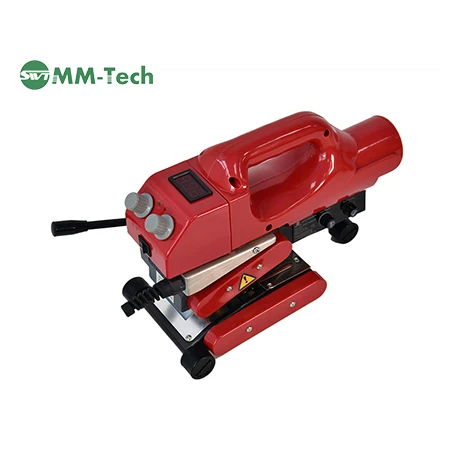

Geo Hot Wedge Welder With Digital Display SWT NS800D Operation Guide
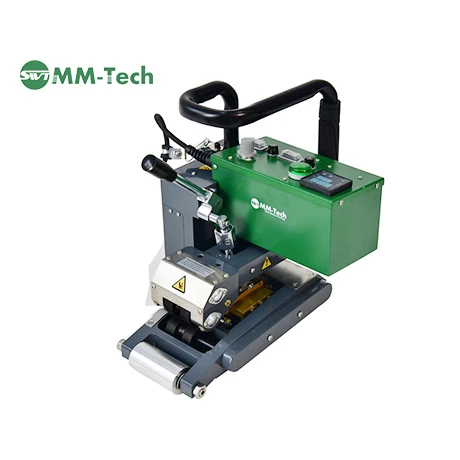

Heavy-Duty Geo Hot Wedge Welder SWT-NS900 Operation Guide
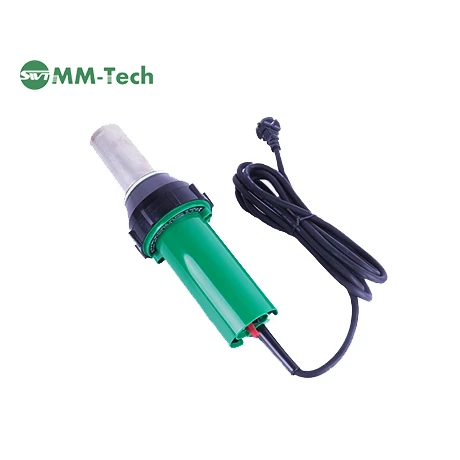

Powerful Professional Hot Air Tool SWT-NS3400A Operation Guide
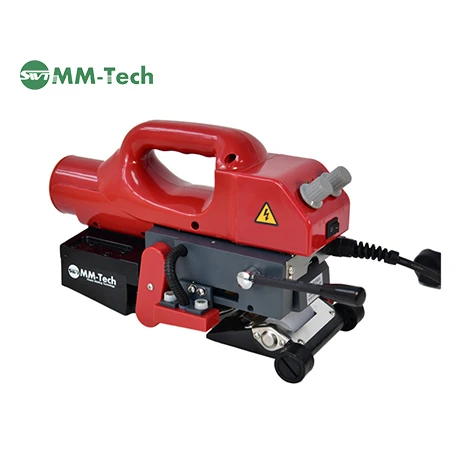

Geo Hot Wedge Welder SWT NS800 Operation Guide
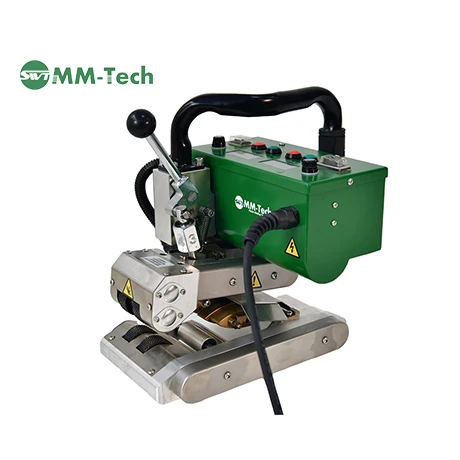

Compact HDPE Hot Wedge Welding Machine SWT-NSGM1 Operation Guide
Related News
SUBSCRIBE NEWSLETTER
Dear customer, thank you for your attention! We provide high-quality machinery and equipment and look forward to your orders. Please inform us of your needs and we will respond quickly!









